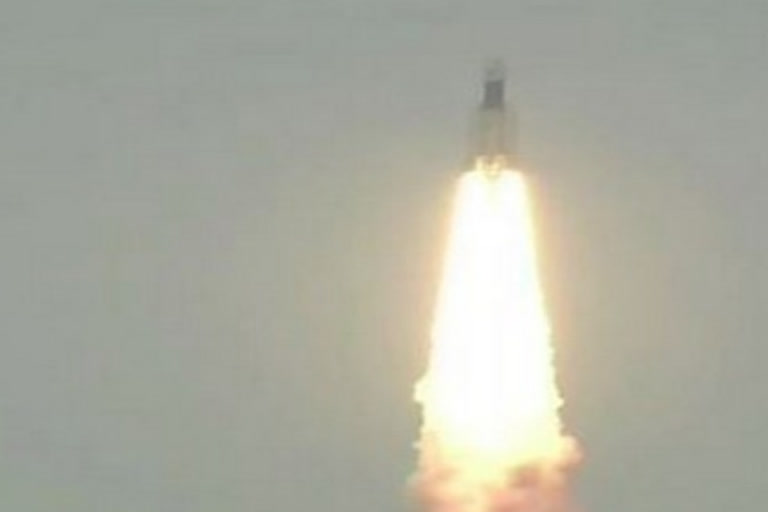Bengaluru:An instrument on board India's Chandrayaan-2 mission has provided outstanding science results on the solar corona and heliophysics, the Indian Space Research Organisation said. Though we have a fairly good understanding of the origin of energy and other various aspects of the Sun, several potentially life-changing phenomena still remain a mystery, notes the Bengaluru-headquartered space agency.
Some of these mysteries are related to the hot outer atmosphere of the Sun, known as corona, which emits profusely in ultra-violet and X-ray wavelengths of the electromagnetic spectrum. It is known that the corona consists of ionised gas at temperatures exceeding one million Kelvin, which is much higher than photospheric temperature of 6000 K, the visible surface temperature of the Sun.
However, this observation is against the natural expectation that the temperatures should reduce as we go away from the source of energy, and this is known as the 'coronal heating problem.' From observations, such as the presence of even hotter corona, called active regions above the Sunspots (dark patches seen in visible images of the Sun) where the magnetic fields are known to be stronger, it is suggested that the magnetic fields have an important role in the coronal heating, according to ISRO.
Read:Chandrayan-3 approved by govt, project ongoing: ISRO chief
While there are different theories regarding the actual mechanism, one of these relies on the occurrence of a large number of small solar flares called nanoflares. Another puzzling observation about the corona is that certain elements are found to have abundances three to four times higher in active regions than in the photosphere.
This happens for elements which are easier to ionise, or require lesser energy to ionise.
In more technical terms, these elements have their First Ionisation Potential (FIP) lower than 10 eV, and hence this phenomenon is generally termed as FIP bias.
The exact reason behind the FIP bias and its origin remains an open question.
A team of scientists from Ahmedabad-based Physical Research Laboratory (PRL), a unit of Department of Space, used observations of the Sun in soft X-rays with Solar X-ray Monitor (XSM) on board ISRO's Chandrayaan-2 mission during the deepest solar minimum of the past hundred years to learn exciting details about the solar corona, an update on the ISRO website said. "For the first time, absolute abundances of elemental Mg, Al, Si in the quiet solar corona are derived. The team discovered and characterised around 100 sub-A class microflares in the quiet corona providing new insight into coronal heating puzzle", it said. The XSM, designed and developed by PRL with support from various ISRO centres, provides measurement of soft X-ray (1-15 keV) spectrum of the Sun.
The XSM also supports the quantitative measurements of elemental abundances of the lunar surface using the companion payload CLASS (Chandrayaan-2 Large Area Soft X-ray Spectrometer) developed by URSC (U R Rao Satellite Centre), an ISRO centre, which measures the X-ray fluorescence spectrum from the lunar surface. At present, XSM is the only instrument that provides soft X-ray spectral measurements of the Sun, i.e., measures the intensity of X-ray in different energies over the 1 to 15 keV.
